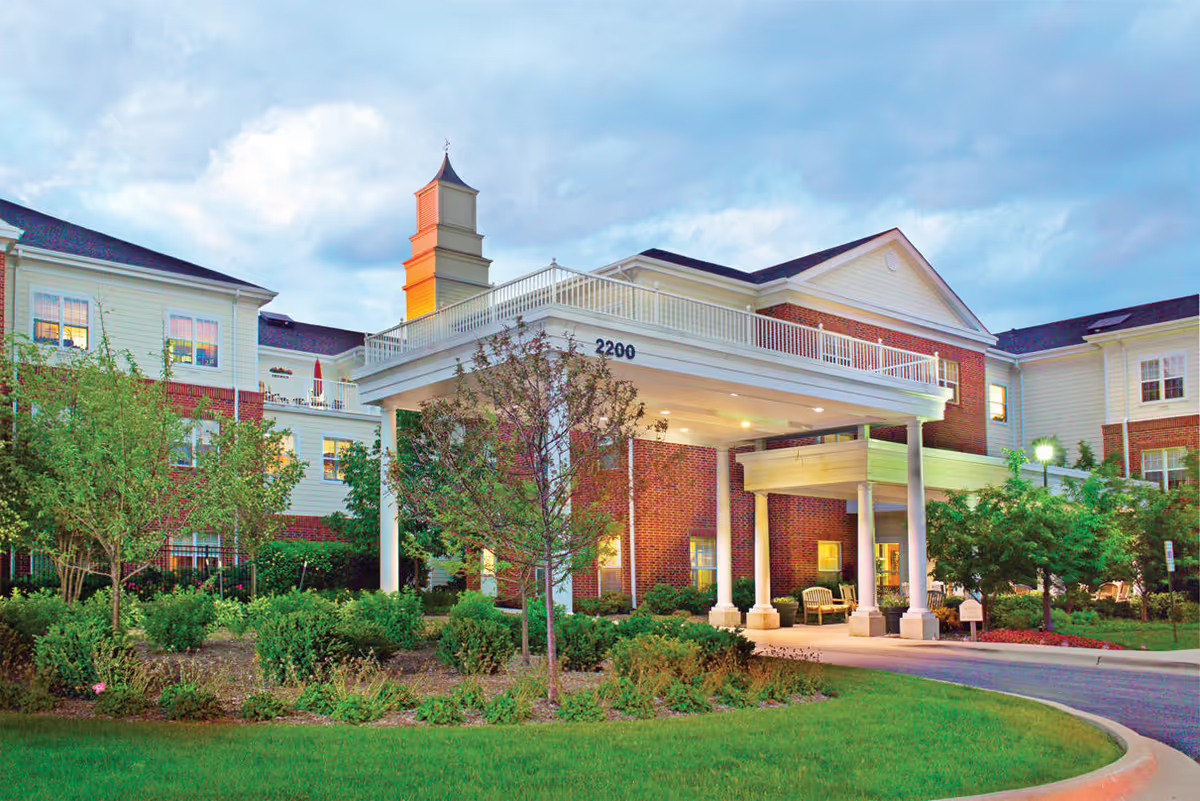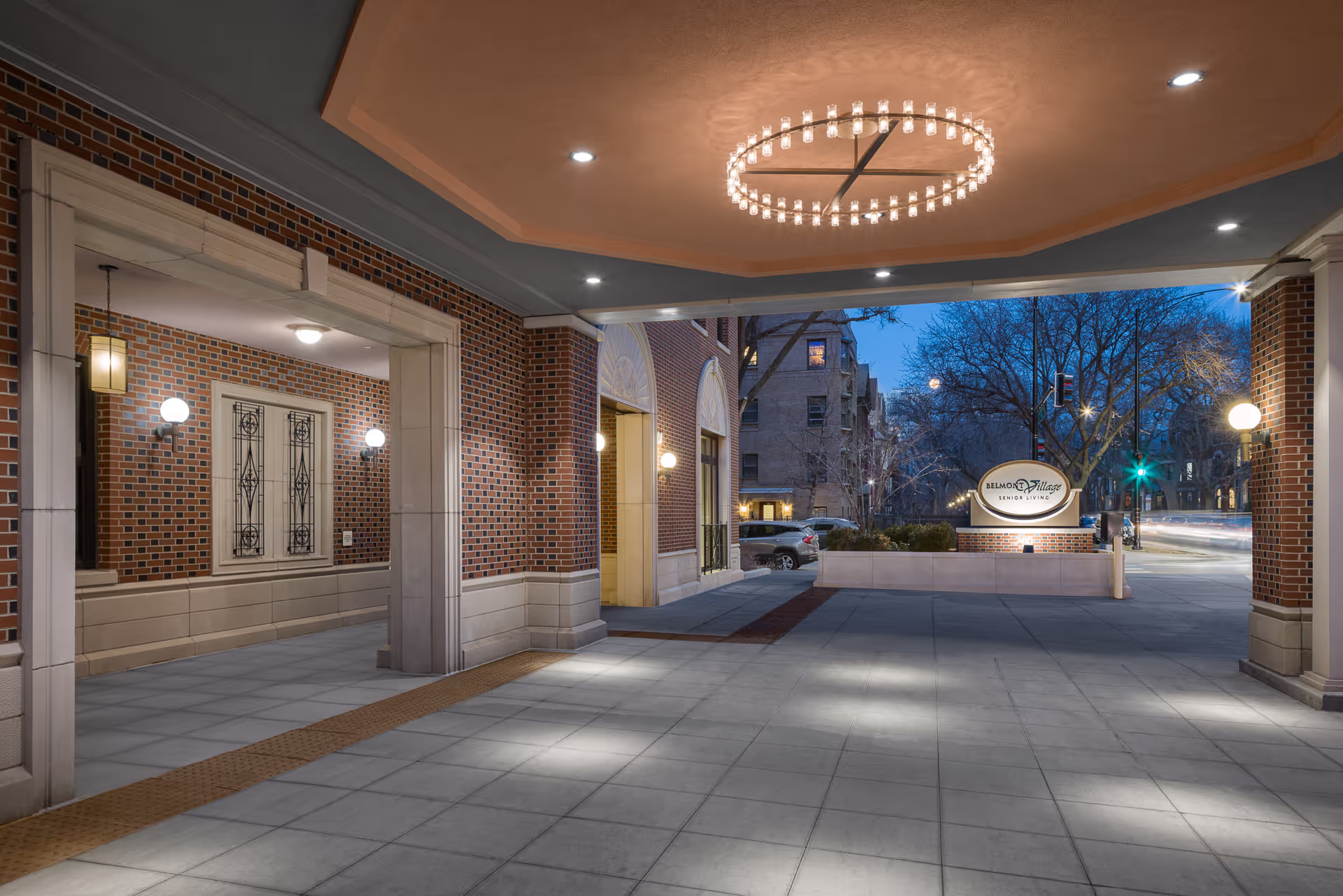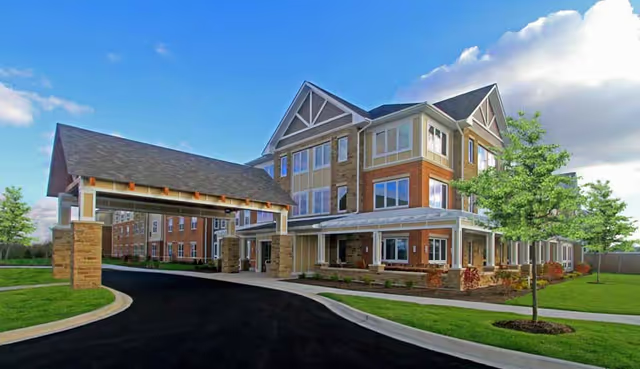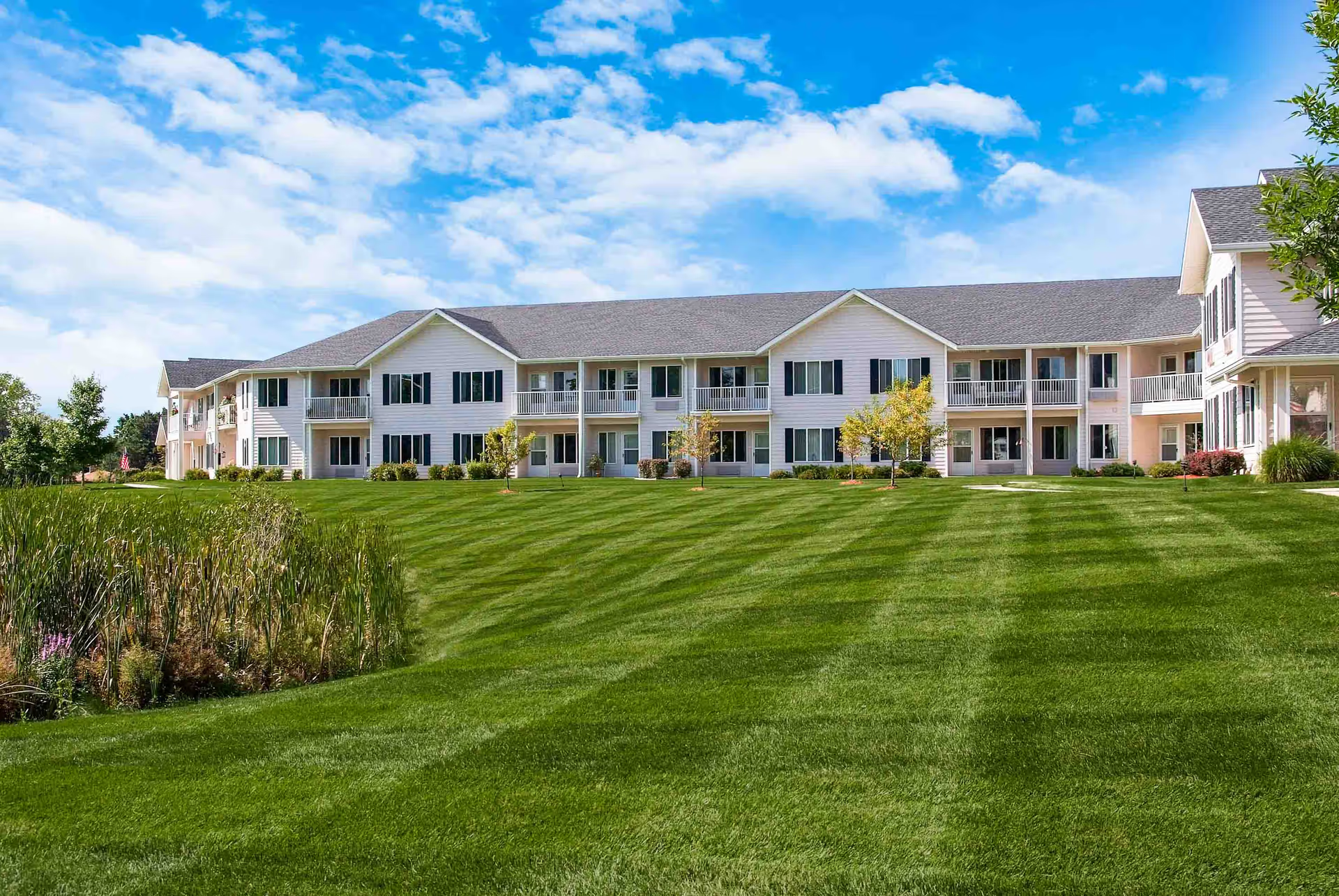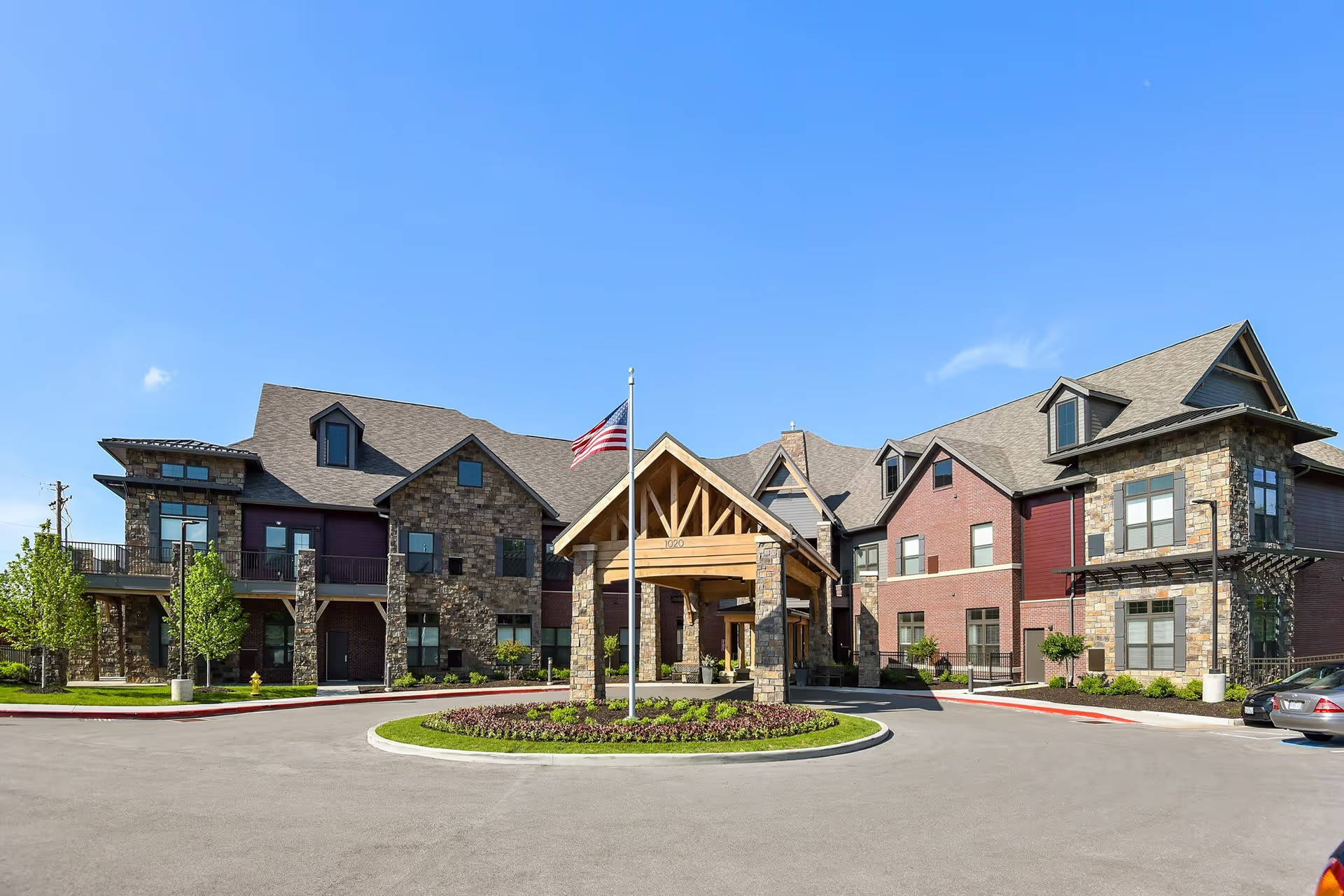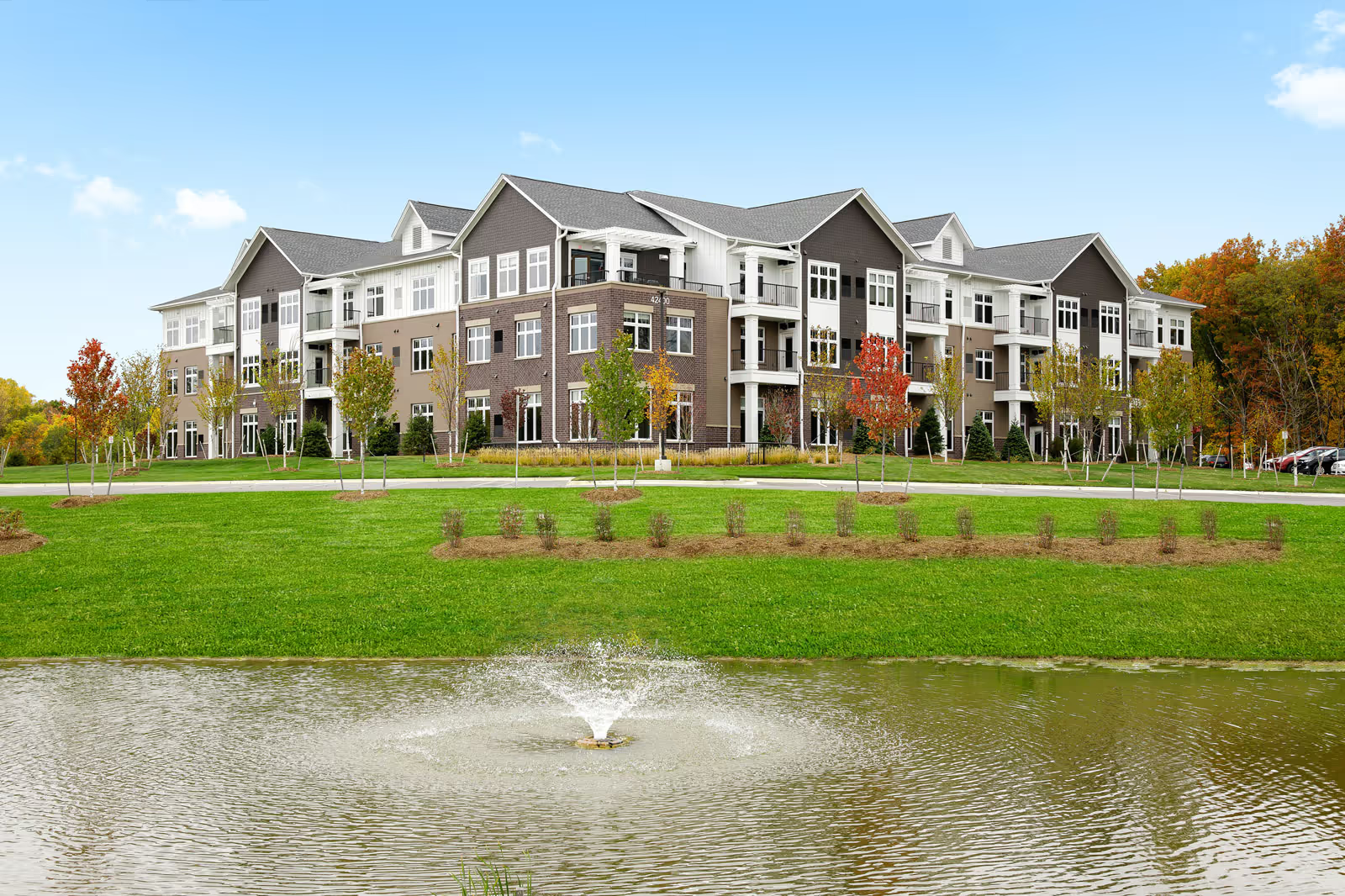Overall sentiment across the reviews is predominantly positive with a strong emphasis on the people, food, and physical environment, but there are clear and recurring operational and safety concerns that produce a split picture. Many reviewers describe The Radcliff as a beautiful, new, well-appointed community with a welcoming atmosphere. The facility’s design, cleanliness, modern amenities (salon, fitness, theater, patios, balcony views), and hotel-like features are repeatedly praised. Dining is a standout strength in the reviews — chef-prepared meals, creative menus, tasty soups/entrées/desserts, generous snacks, and a first-rate dining culture are frequently cited. Families also appreciate the all-inclusive pricing model, lack of move-in fees, bundled services (laundry, housekeeping, parking, cable/phone), and helpful extras like complimentary movers, grocery-concierge support, and flexibility around benefits (Medicaid/VA) and contracts.
Staff and culture earn very high marks in many accounts. Numerous reviewers name specific staff and leaders (including the owner) as warm, available, and personally involved. CNAs, nurses, activity coordinators, kitchen and housekeeping teams are often described as caring, attentive, and going above and beyond. There are many examples of staff fostering social engagement, remembering names, proactive family communication, and quick life-saving responses. The strong sense of community — residents making friends, active programming, day-to-day engagement, and family-friendly spaces — is a consistent positive theme. Several reviews also highlight management’s willingness to listen, iterate, and improve, particularly given that the property is new or under recent change of ownership.
Despite these positives, a substantial number of reviews document serious operational problems that should not be overlooked. Short staffing and staffing inconsistencies are the most frequent negative theme: reports include missed medications, delayed or absent emergency responses requiring 911, and nights with only one or two caregivers on a memory-care unit. Several reviewers report falls, hospitalizations, and broken bones after incidents in the community. There are explicit descriptions of rushed admissions and rudimentary assessments (a cited four-minute assessment), abrupt moves into memory care with added costs, and family members feeling their loved ones were left alone, scared, or abandoned. Alongside these, some staff-side complaints exist — CNAs reporting bruises on residents, inadequate showers, falsified schedules, poor training, and even unprofessional or unpaid labor issues. These items introduce a safety and quality-of-care risk that contrasts sharply with other reports of excellent nursing.
Memory care reviews are notably mixed. Some families praise the memory-care team and describe patient, attentive care. Others raise alarm about insufficient overnight coverage, absence of in-building nurses at times, unsafe conditions, and in one account alleged falsified staffing records and regulatory concerns. This split suggests variability in staffing levels or management practices across shifts or floors rather than a uniformly positive or negative memory-care program.
Management and communication receive both praise and criticism. Many families compliment the owner for being hands-on, accessible, and supportive (including concrete gestures such as offering his car or stepping in during transitions). Real-time family communications, proactive COVID updates, and daily check-ins are highlighted as strengths. Conversely, several reviews describe leadership failing to follow up, not returning calls, ignoring complaints, denying refunds after prepaid stays and hospitalizations, or otherwise not keeping promises. There are also reports of high turnover, new management growing pains, and inconsistent adherence to policies. A few reviewers flagged outdated processes (paper-based systems) and uneven training, which can magnify the operational risks noted above.
Other recurring operational notes: because the community is new or recently remodeled, some reviews mention ongoing construction or unfinished amenities (rehab/fitness center incomplete), train noise in the area, and limited apartment choices (small studios, few two-bedroom options). COVID-related closures and outbreaks were called out in several places — with reviewers both praising proactive testing/communications and criticizing restrictive lockdowns or outbreaks. Cleanliness is mostly reported as excellent, though a minority of reviewers noted dirty carpets/elevators or spotty housekeeping in certain areas.
In summary, the dominant strengths of The Radcliff are its staff (when staffed adequately), food program, modern facility, social programming, and pricing model. These factors make it an attractive option for many residents and families. However, the volume and severity of operational and safety complaints — short staffing, missed meds, delayed emergency responses, falls and hospitalizations, abrupt admissions/assessments, and inconsistent management follow-through — are significant and recurring. The reviews portray a community with excellent potential and many enthusiastic endorsements, but also with notable variability in care quality and safety that prospective residents and families should investigate carefully. Recommended areas for inquiry before decision-making include current staffing levels (especially overnight and on memory-care units), formal assessment and transfer policies, incident-response protocols, refund/contract terms, and recent regulatory inspection results.
